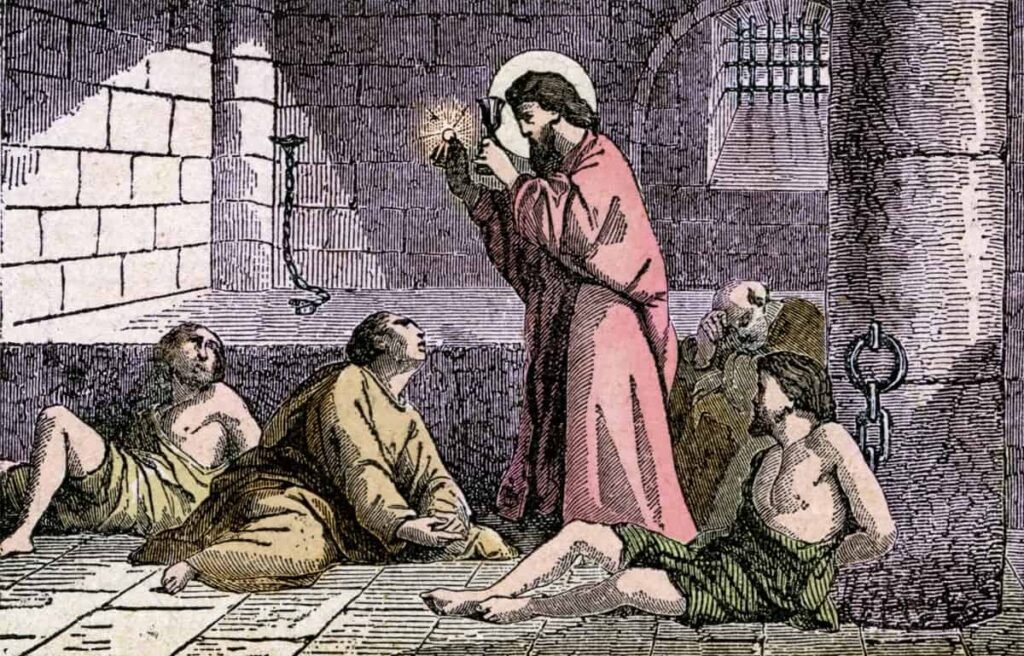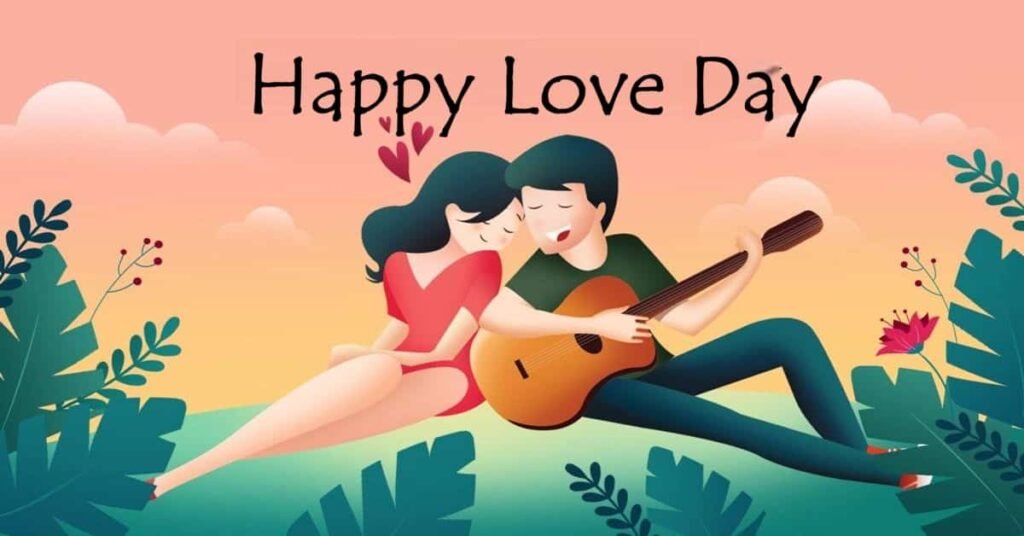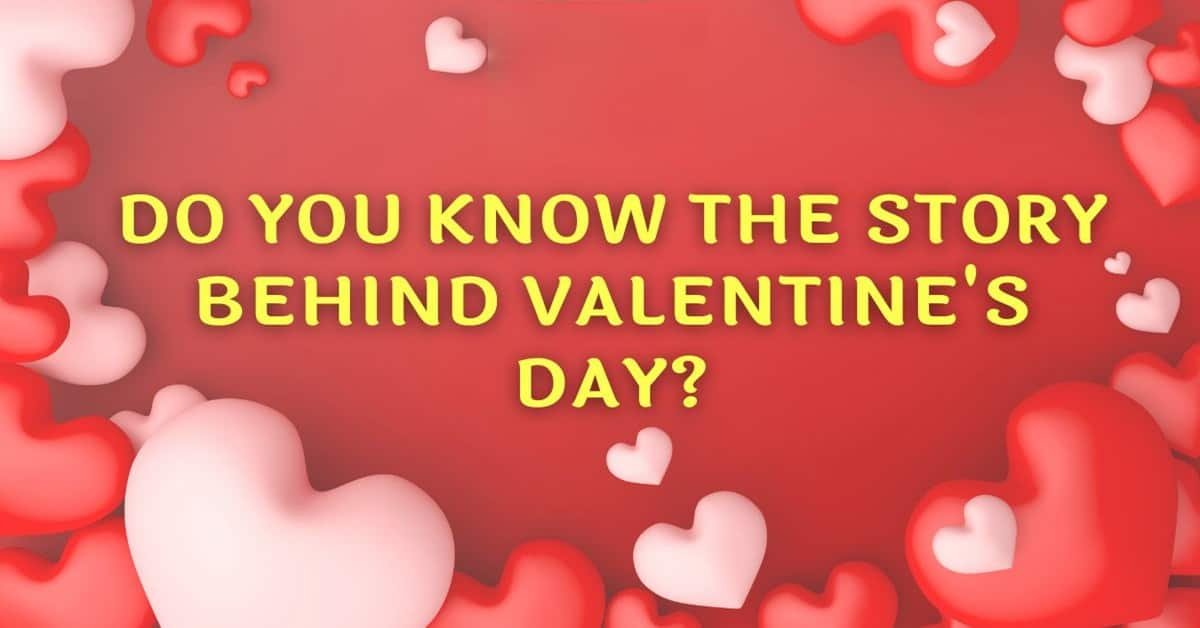The Story Behind Valentine’s Day: A Comprehensive Exploration
Valentine’s Day, celebrated annually on February 14th, is a day dedicated to love and affection among intimate partners. Although it has become synonymous with romance, the origins and evolution of this special occasion are rich and complex, intertwining history, culture, and traditional practices. This comprehensive exploration delves into the origins of Valentine’s Day, its evolution through the centuries, how it is celebrated worldwide, and the contemporary significance it holds in our lives today.
Historical Origins
The origins of Valentine’s Day can be traced back to ancient Rome, specifically to the festival of Lupercalia. This pagan festival, celebrated in mid-February, was dedicated to fertility and the protection of livestock. During these festivities, Roman priests would sacrifice goats and a dog, after which young men would create strips of the animal’s hide to whip women, thought to enhance fertility. These practices, seen as a means of invoking fertility, were accompanied by various feasts and celebrations, marking an early form of spring in the Roman calendar.
The transition from Lupercalia to a more romantic observance occurred around the 3rd century AD with the martyrdom of Saint Valentine. There are several saints named Valentine, but the most prominent story that has endured through centuries pertains to a priest named Valentine in Rome. According to legend, Valentine defied the orders of Emperor Claudius II, who had prohibited young men from marrying, believing that single men made better soldiers. Valentine began to perform secret marriages for couples in love. His acts of defiance led to his arrest, and he was eventually executed on February 14th.
Valentine became known as the patron saint of lovers, and as a result, the day marking his martyrdom became associated with love and romance. The first recorded association of February 14 with romantic love dates back to Geoffrey Chaucer in the 14th century, particularly noted in his poem “Parlement of Foules,” which famously links the day with the mating of birds.
Who Was St. Valentine?

Valentine’s Day is widely celebrated on February 14th, known for its expressions of love and affection. But behind the holiday lies a figure shrouded in mystery: St. Valentine. So, who was he?
St. Valentine is believed to have been a Roman priest during the reign of Emperor Claudius II in the 3rd century. According to legend, Claudius banned marriages for young men, thinking that single men made better soldiers. Valentine defied this decree and continued to perform secret marriages for couples in love. His actions ultimately led to his arrest and imprisonment.
Despite his imprisonment, Valentine is said to have continued to spread love and hope. The most famous narrative associated with him is that he sent a letter to the jailer’s daughter, whom he had befriended, signing it “Your Valentine.” This simple gesture is believed to have inspired the tradition of sending love notes on Valentine’s Day.
Valentine was executed on February 14, around the year 269 AD. Over the centuries, he became a symbol of romantic love, and many legends grew around his life and deeds. In 496 AD, Pope Gelasius I declared February 14th as St. Valentine’s Day, a feast day to honor the martyr.
Despite the lack of concrete historical evidence about his life, St. Valentine remains a potent symbol of love and devotion. Today, his legacy is celebrated worldwide, cementing him as the patron saint of lovers, beekeepers, and epileptics.
As we exchange cards and gifts every February 14th, it’s worth remembering the compassionate spirit of St. Valentine, a man who stood up for love in the face of adversity.
The Evolution of Valentine’s Day
From its religious and historical beginnings, Valentine’s Day underwent a significant transformation during the Middle Ages and the Renaissance. In medieval Europe, it became common for lovers to exchange tokens of affection. The exchange of love notes, poetry, and physical gifts like flowers and chocolates started appearing around this period.
With the advent of the printing press in the 15th century, the first commercial Valentine’s cards emerged. In the 18th century, it became customary for friends and lovers to send cards to each other; this trend quickly popularized, especially in England. By the 19th century, Esther A. Howland began producing and selling elaborate homemade Valentine’s cards in the United States, marking the beginning of a commercial holiday in American culture.
In fact, the commercialization of Valentine’s Day has only continued to grow over the years. Today, it is one of the largest commercial holidays globally, generating billions of dollars in revenue. From flowers to chocolates, jewelry to elaborate dinners, the ways in which people express their love for one another on this day have expanded tremendously.
Contemporary Celebration of Valentine’s Day

Around the world, Valentine’s Day is celebrated in a myriad of ways, reflecting diverse cultural perspectives and traditions. In the United States and many Western countries, the day is marked by the exchange of cards, flowers (especially roses), chocolates, and romantic gestures. Couples often go out for special dinners or plan heartfelt surprises for one another.
In some cultures, Valentine’s Day encompasses a wider array of relationships, celebrating not just romantic love but also friendship and familial bonds. In countries like Finland and Estonia, February 14 is celebrated as “Friend’s Day,” highlighting the importance of platonic love.
In Japan, Valentine’s Day is uniquely characterized by a tradition where women give chocolates to men. This custom is particularly interesting because it is followed by “White Day” on March 14, where men return the favor by gifting chocolates or other presents to women. Likewise, in South Korea, the celebration extends to include special holidays over the following months, such as Black Day, where singles gather to commiserate.
Vital distinctions can also be drawn in various countries. In Brazil, for instance, Valentine’s Day is not celebrated on February 14. Instead, they observe “Dia dos Namorados” on June 12, coinciding with St. Anthony’s Day, who is considered the saint of marriages.
The Significance of Valentine’s Day

Valentine’s Day, while steeped in romantic notions, serves a greater purpose—encouraging individuals to express their feelings openly. It is a day that reminds us to celebrate not only romantic love but friendship, family, and the bonds that enrich our lives. The festivities associated with Valentine’s Day foster connection, nurture relationships, and encourage affection in a world that can often feel distant and disconnected.
In the face of modern social challenges, Valentine’s Day also provides an opportunity for individuals, businesses, and communities to come together. Whether it’s through charitable acts, community gatherings, or outreach efforts that support those in need, the essence of love and compassion transcends the commercial aspects often associated with the holiday.
It’s also worth noting that not everyone perceives Valentine’s Day through a romantic lens. Singles, or those grieving lost relationships, might find the day challenging. From affirming self-love to engaging in community service, many have begun to redefine the day in ways that foster individual well-being and connection to others rather than focusing solely on romantic love.
Conclusion
From its ancient Roman roots to its modern-day significance, Valentine’s Day remains a noteworthy aspect of our cultural landscape. It serves not only as a reminder of the power of love but as an opportunity to express affection and appreciation for those who matter most in our lives. As society continues to evolve, so too does our understanding of love and relationships, reflecting a kaleidoscope of human experience that is both profound and intimate.
Ultimately, Valentine’s Day embodies values that extend far beyond romantic engagements. It encourages us to acknowledge and celebrate all forms of love—whether between partners, friends, or family—and reminds us of the importance of connection in building a compassionate society. So, whether you choose to celebrate with grand gestures or quiet moments of appreciation, the spirit of Valentine’s Day invites us all to embrace love in its many forms.
Valentine’s Day Shayari WhatsApp Status



WhatsApp Status


